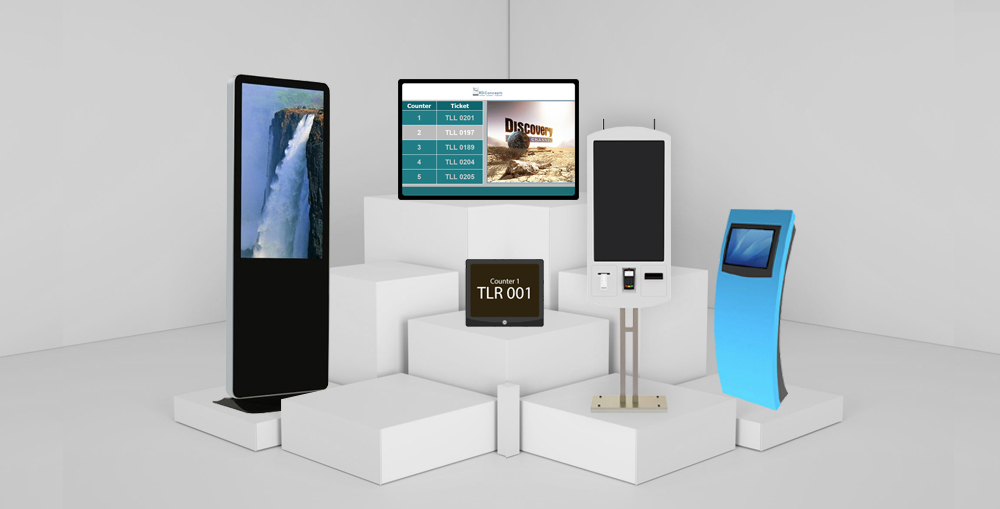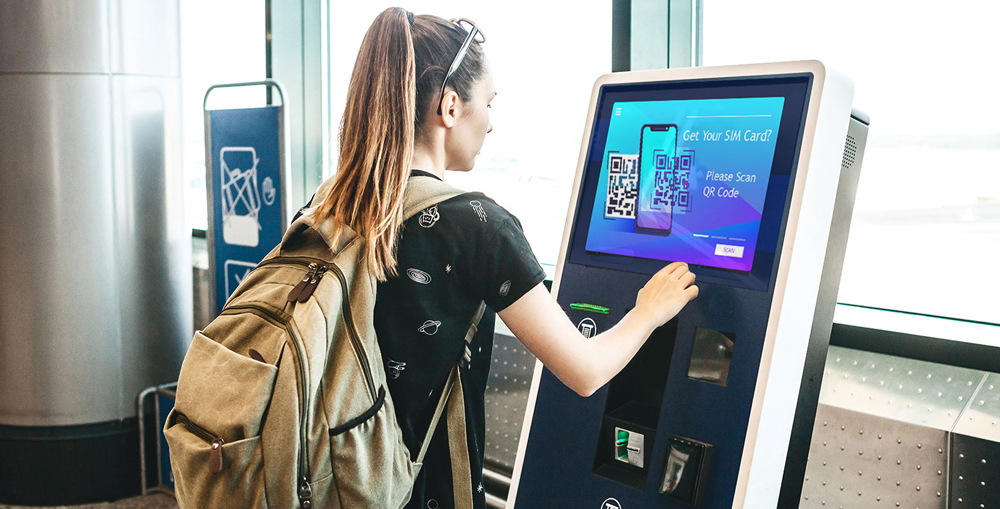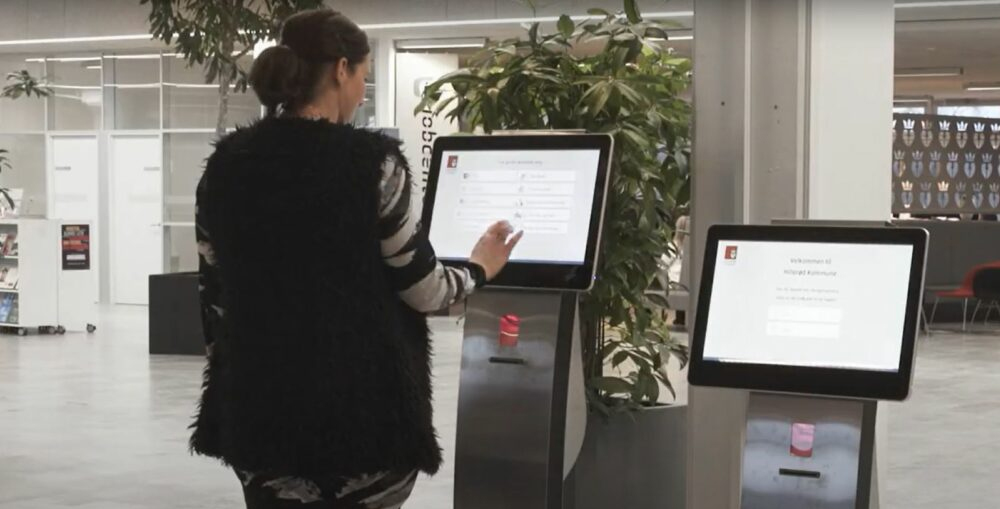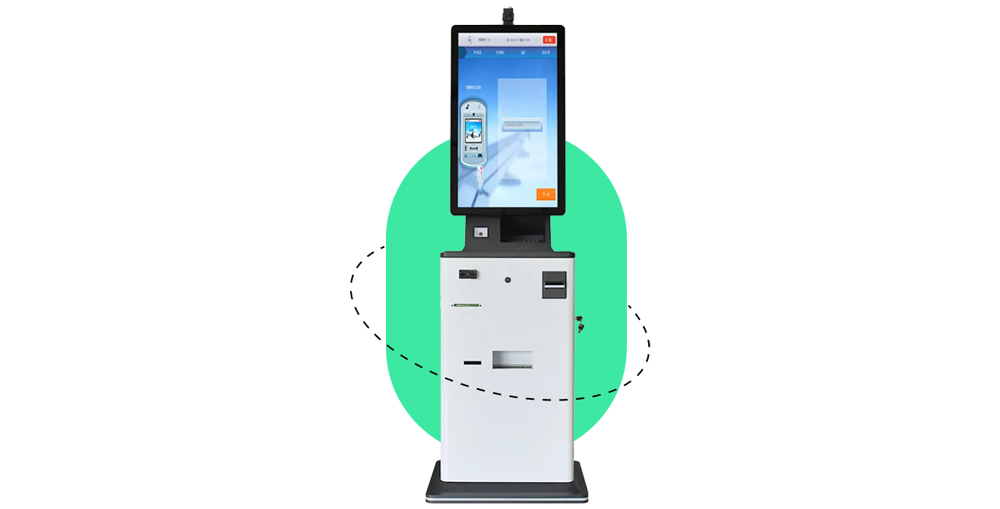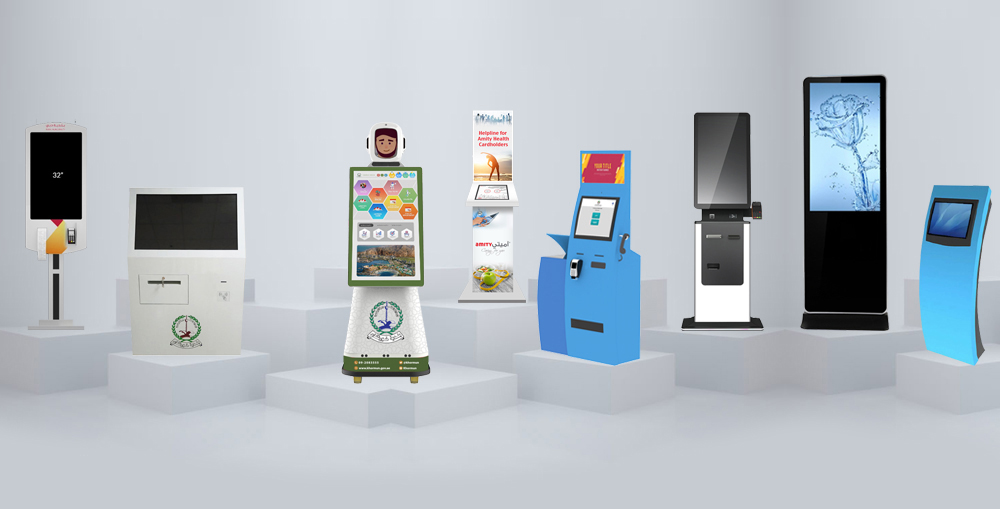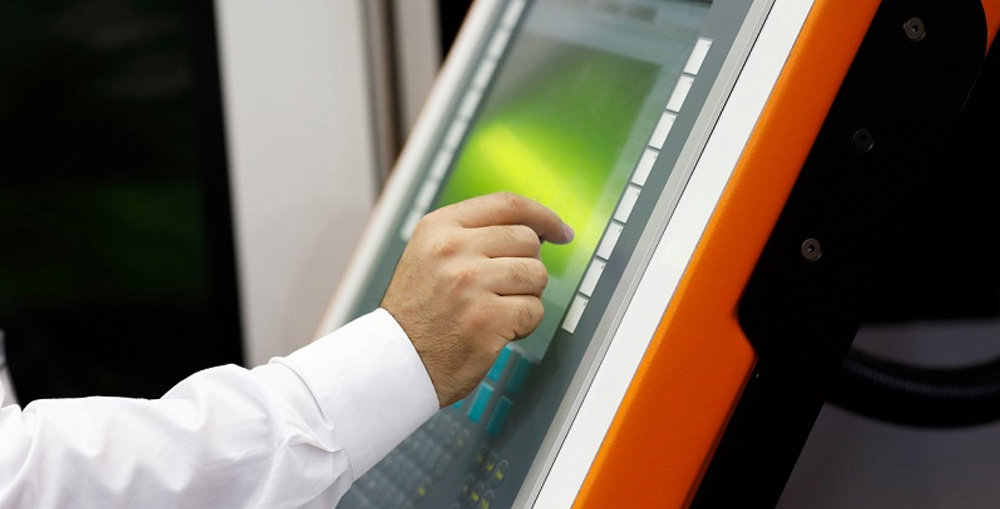For any business the customer service is the most important part of their operations. The customer satisfaction ensures a long-term and steady growth. That is why in order to ensure a satisfactory customer service businesses invest in various tools and solutions. For businesses who welcome customers at their premises, they require a proactive and smart queuing system. A digital queue management system has become an essential companion of customer facing environments. Whether you operate in finance, healthcare, education, government services, property management industry or any other industry who service customers on their premises, you need a proactive customer flow management solution.
A modern queue management system is a smart digital tool which offers a plethora of tools for any kind of business to support them in their customer flow management endeavors. Businesses often face several challenges in managing customer flow. Sometimes the large inflow cause congestion, sometimes inefficiencies in service delivery results in bottlenecks, whatever the case is the customer flow management is one of the most challenging business process. However, when it comes to queue management system there are so many options which could overwhelm businesses. In this blog we will discuss the innovations in queue management that are most likely to drive the future of customer service.

What is a Modern Queue Management System?
Traditionally the queue management system was just issuing manual tokens, forming physical lines, or both. Eventually, the manual tickets got replaced by the automated self-service ticket dispensing kiosks, the customer routing and categorization become super-efficient and accurate by the advent of modern queue management software and so on. The software-powered queue management system have completely revolutionized the way businesses are managing customer flow through their facilities. A queue management system is designed and implemented as per the need of the premises, which enables it to deliver superior efficiency.
A modern queue management system doesn’t only rely on automated ticket issuing tools, but it offer advanced tools to enhance and elevate customer experience. The real-time data analytics, integration of AI in queuing process and other core business applications, enables queue management system to provide innovative tools for both service agents and the management to drive efficiency and productivity in operations. A modern queue management system offers integration with other digital channels to offer virtual queuing tools. The integration of SMS, WhatsApp, QR Code, and mobile apps are paving way for more innovative features and tools to enhance customer journey from check-in to post-service matters.

Why Businesses Need an Innovative Queue Management System?
The first and most crucial problem a queue management system solves is the reduction in wait time. The long wait time is the single most impactful factor in undermining customer experience and revenue losses. Poorly managed queues also left negative impression on customers and visitors which eventually harm company’s reputation and brand name. Therefore implementing a queue management system is crucial to streamline customer service. A queue management system doesn’t only offer improvements in customer experience and customer flow management, but it is a very effective tool to elevate staff performance. The queue management system integrated with other systems, tools, databases and core business applications.
A queue management system also offer dedicated dashboard for service agents and management which helps them in their routine tasks. A queue management system is proven to be very effective in optimizing and improving various internal processes and workflows which help driving efficiency and productivity. There are several different types of queue management systems available in the market. However, the best way is to opt for a customized queue management system which is fully aligned with your business needs. A customized queue management system help building innovative tools and features which help businesses in dealing with their unique problems and challenges, resulting in higher ROI in long-term.

Virtual Queuing: The Emerging Demand for Contactless Waiting
The customers love the notion of roaming around, or having a coffee or simply driving toward the customer service center while their place is held digitally in virtual queues. This appeals a lot to modern customers. This is what a virtual queuing is. A virtual queue management system offers contactless waiting through remote sign-up channels such as Email, SMS, WhatsApp, Mobile Apps, Online Customer Portals, Appointment Booking Systems, QR Codes, etc. All these channels offer superior convenience and easy access. Customers can sign-up and wait in a queue while they are not being physically present at the premises. This is a game changer for businesses operating in highly competitive market landscapes.
Businesses operating in Dubai, Sharjah, Abu Dhabi and other regions of UAE knows the importance of customer experience. One bad customer experience could end their relationship with their customers and harm their repute. The virtual queuing is designed to allow customers to plan their visit in a way that when they arrive exactly at the time when their ticket number is called. The virtual queue management systems are integrated with several remote communication channels which enables them to give real-time queuing updates to customer via their smartphones. This keeps customer informed and ensure no one misses their call. The virtual queuing has potential to completely replace traditional queuing methods.

Self-Service Ticket Dispensing Kiosks: Streamlining the Check-in Process
The self-service has emerged as one of the most effective tool to transform traditional service delivery mechanisms. Many industries are now replying on self-service and many more are adopting to it. Businesses like healthcare, retail, educational institutes, government services, hospitality and various others are rapidly implementing self-service tools to meet the merging needs. A self-service ticket dispensing kiosk is a very powerful tool to streamline check-in processes. It doesn’t only dispense tickets, but it has capabilities to deliver very complex check-in processes via self-service. Customers can scan documents, IDs, make payments, authenticate via biometrics, and much more at self-service kiosk.
A queue management system comes with a very powerful software application. This application help businesses to deliver hyper-personalized customer experience. The self-service ticket dispensing kiosk offer multi-lingual UIs which enhance customer experience. It can identify customers and personalize their experience based on their past interaction, demographics, purchase pattern and various other important factors. The customer can do full registration process including making payments (if required) and much more. The self-service ticket dispensing kiosk automatically route customers to their service area, it prepare the service agents to be ready to serve the customers and much more.
See Also: From Chaos to Control: How Queue Management Systems Can Improve Your Business

Crowd Control: AI-Powered Predictive Wait-Time Analysis
Long slow moving waiting lines, congestion in waiting areas and crowd formation at the branch are the most challenging situations for any branch manager. However, with an effective an efficient resource planning businesses can level up their crowd control strategies. But for that businesses need solid data, for example, what are their peak hours, what services are needed the most, what time of day or days of week or even month are having spiked footfall, etc. All these question will help them in resource planning and increase their readiness to deal with any unprecedented situation. Businesses should also need to manage priority customers and other queuing polices which impact customer flow.
Moreover the branch managers should also have to account real-time data, any change in patterns, decline in service efficiency, etc. could quickly form crowd at the service center. This all require data collection mechanisms, analytical tools and actionable insights. The AI-powered predictive analysis not only account all these factors, but are much more capable. The AI (artificial intelligence) is capable of processing large volumes of data from multiple channels. It can analyze historical data and it can track employees KPIs both in real-time and historical performance data. These features enable AI-powered predictive analytical tools to help management preventing disruption and crowd formation.
See Also: The Concept of Queue Management and Crowd Control

Business Intelligence Data: Empower Data-Driven Decision Making
Business intelligence data is considered to be the backbone of present day decision making processes. A queue management system is a great digital tool which can produce a wealth of valuable business intelligence data. It can collect data from various touch points throughout the customer journey. The data includes both analytical and statistical data. For example, how many customers are got serviced at a particular day or time of the day. The average service delivery time, the average wait time, customer churn, and even customer feedback from the integrated touchscreens, or kiosks, etc. The queue management system also capture customer preference and many more details.
All this data help businesses understand their queuing process and customer behavior with better clarity and accuracy. A queue management system can integrate with other business tools, customer database, financial system, feedback system, other customer facing channels, and even with any type of CRM or any other core business application. Having in-built analytical tools which can provide real-time analysis, historical data, actionable insights and even the data can be relayed to a third-party or core business application. Empowered by the incredible predictive analysis of AI business can greatly improve their human resource and queuing management strategies.
See Also: Importance of Queue Management System for Government and Public Offices

Data Security: Adoption of Cloud and Advanced Encryption Technology
A modern queue management system collects significant amount of business intelligence data, which also included customer data and critical information about internal processes. As the queue management systems are developing and becoming more integrated and advanced, their ability to handle and process data is increasing too. Protecting customer data and vital information about internal matters is paramount to build trust and reputation. Furthermore the security compliance and regulations are also increasing day by day. Only a customized queue management system which usually offer full control over source code, software stack and server can meet the increasing data security needs.
A modern queue management system is capable of operating through cloud which solves a lot many problems and make multi-branch setup much more effective. A typical digital queue management system has in-built data encryption features. However, businesses can acquire a team to build bespoke queue management systems with advanced security features integrated within it. The adoption of cloud, encryption technology and AI integration altogether make a queue management system more secure and robust. Advanced access control mechanisms ensure unnecessary exposure and provide extra layer of security and customer data protection.
See Also: Queue Management System for Trucks and Logistic Centers

Conclusion
In a highly competitive market landscape where the customer demands are very high, businesses need a proactive approach to manage customer flow and day-to-day customer service mechanisms. A modern queue management system is a digital solution powered by a very sophisticated and smart software tool. A queuing system has undergone so much transformation and advancements, starting from a simple paper-pencil ticketing system to becoming an AI-powered customer journey management tool. A modern queue management system offers many features, such as virtual queuing, interactive self-service ticket dispensing kiosk, integration with customer portals, mobile apps, appointment booking tools, and much more.
A queue management system also synchronize with the core business applications and other business tools which help businesses building innovative and intuitive features for customers. From automated customer routing, to real-time analytical tools and comprehensive business intelligence, a queue management system is not only elevating customer experience but also empowering management and improving efficiency in several internal business processes and workflows. If we calculate the return over investments (ROI) of a queue management system in a longer timeframe, it tends to be a very effective and impactful tool which reduce operational cost and help generating revenue by higher customer satisfaction and sustaining customers’ trust.
In this blog we have discussed some emerging trends and most recent innovations in queue management system which are most likely be shaping the future of customer service. If you want to learn more about the subject or if you want our help to design and implement a customized AI-powered queue management system for your business or organization, please feel free to contact us through Contact Us page or leave a comment in the comment box below and we will get in touch with you soon.























